Mars landing: Photo shows Perseverance about to touch down
Technology 10:20 AM - 2021-02-20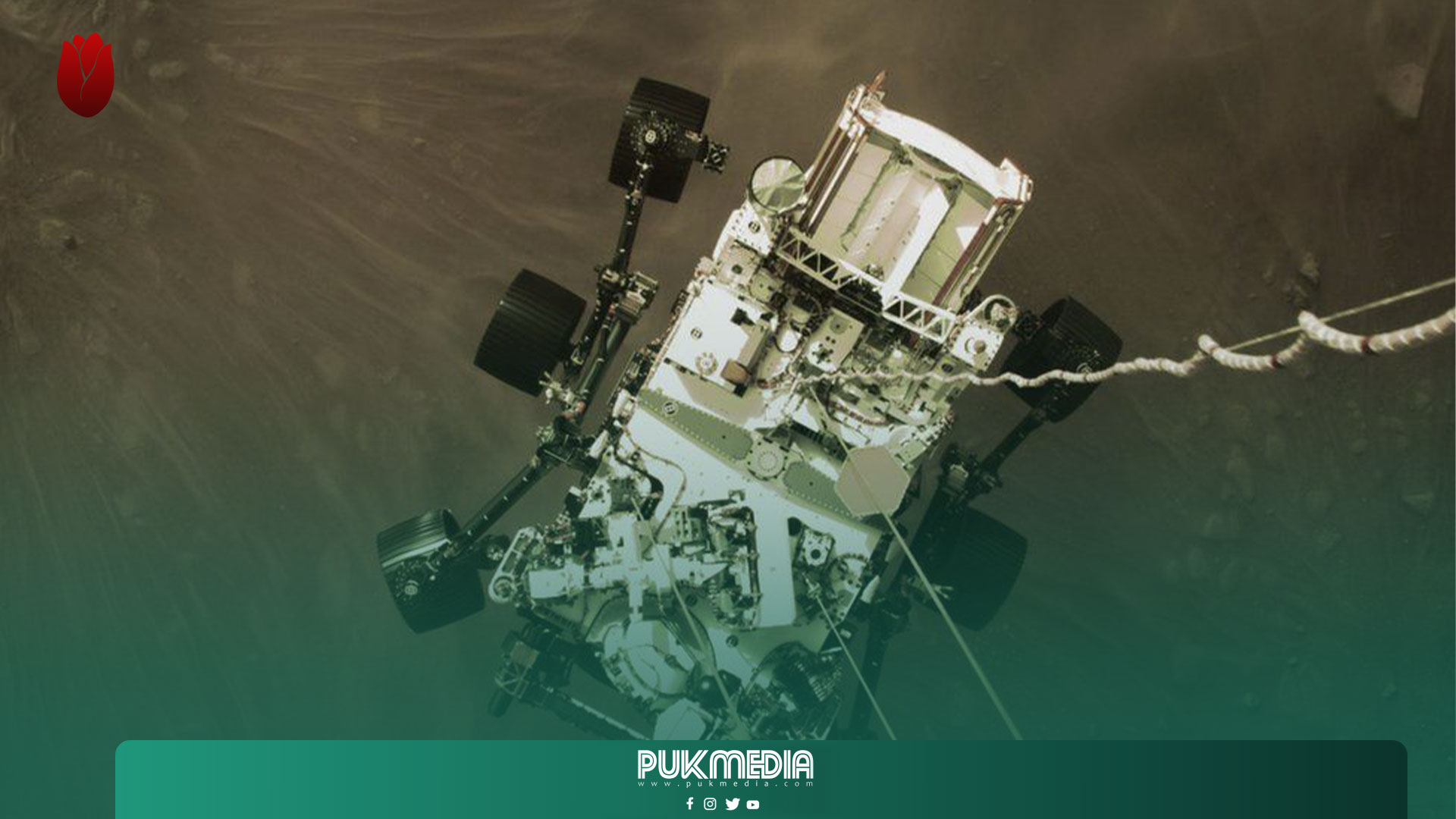
Photo credit: NASA
The American space agency has released an astonishing image sent back from Mars by its Perseverance rover.
It shows the robot heading down to the ground on Thursday to make its landing. It was acquired by the rocket cradle that placed the vehicle on the surface.
Perseverance has a large amount of data in its memory banks which it is gradually offloading to Earth.
Among other pictures is a view from a satellite that captures the rover in the parachute phase of its descent.
This also represents an immense technical achievement because the satellite - the Mars Reconnaissance Orbiter - was approximately 700km from Perseverance at the time and traveling at about 3km/s.
Nasa is promising more in the next few days.
This offering will include short movies shot during the Entry, Descent and Landing (EDL) sequence - with sound.
Perseverance has been put in a near-equatorial Martian crater known as Jezero where it will search for signs of past microbial life.
Adam Steltzner, the Perseverance rover's chief engineer, said the downward-looking view on to the robot would become an iconic image in the history of space exploration.
"This is an image of the rover Perseverance slung beneath the descent stage, its propulsion backpack, as it is being lowered to the surface of Mars," he explained.
"You can see the dust kicked up by the engines. We're probably about 2m or so above the surface of Mars.
"You can see the mechanical bridles that hold the rover underneath the descent stage - three straight lines heading down to the top deck. And then the curly electrical umbilical that is taking all of the electrical signals from the descent stage down to the computer inside the belly of the rover, [including] the ones and zeros that represent this image."
Engineers report Perseverance to be in good health, as they gradually commission its systems.
All the hardware needs to be assessed to be sure nothing was damaged during Thursday's plunge through the Martian atmosphere to the ground.
The most detailed pictures of Jezero Crater will come next week after Perseverance has raised its navigation mast which carries the main science cameras.
"Once the mast is successfully deployed, which will be on Saturday, we will proceed by taking lots of images. We'll do a deck panorama of the rover. And we're also going to do a full panorama of our landscape around us," said Pauline Hwang, Perseverance's surface strategic mission manager.
Perseverance's landing technologies put it down almost bang on the targeted touchdown zone, about 2km to the southeast of what remains of an ancient river delta that formed at the edge of a lake.
It is sitting on a flat piece of ground at the boundary of two geologic units - a smooth unit under the wheels of the rover that contains dark volcanic rocks; and a rougher unit that has rocks with a lot of the mineral olivine in them.
The science team was itching to start exploring the crater, said deputy project scientist Katie Stack Morgan.
Even now, with just this limited first release of pictures, there were fascinating rocks to discuss, she told reporters.
"We're picking out different colours and tones and textures, to try to figure out what these rocks might represent and what depositional process might have put these rocks on the surface of Mars."
Perseverance's landing spot is in a quadrangle that the science team has informally called Canyon de Chelly after the National Monument in the US State of Arizona. Any rocks the robot investigates in this 1.2km by 1.2km area will also now be given names that relate to the American park, which is famous for its sandstone spire known as Spider Rock.
The $2.7bn (£1.9bn) robot is the fifth rover to be put on Mars by Nasa.
Its initial mission will last one Martian year (roughly two Earth years), although it's hard to see the agency not extending this if all the hardware remains healthy.
As well as searching for signs of life, Perseverance's other key objective is to select and package rock samples that can be brought back to Earth laboratories by later missions.
PUKmedia / BBC
More news
-
German Forces Commander Ended his Mission at Mam Jalal's Grave
12:28 PM - 2024-04-23 -
Golden Bla Awards Ceremony Takes Place in Sulaymaniyah
11:32 AM - 2024-04-23 -
PUK Official: PUK is Committed to Holding Elections on Time
11:04 AM - 2024-04-23 -
Turkish President Meets Kurdish Officials in Erbil
10:42 AM - 2024-04-23
see more
DPM Talabani Asks Turkish President to Lift Ban on Sulaymaniyah Airport
11:43 AM - 2024-04-23
Iraqi & Turkish Presidents: Problems Should Be Resolved Through Dialogue
05:00 PM - 2024-04-22
PUK President: We Will Protect Journalists' Rights
03:10 PM - 2024-04-22
DPM Talabani: We Will Defend Freedom of Press
10:26 AM - 2024-04-22
Most read
-
10 Notable Individuals Receive Golden Bla Award
Kurdistan 09:27 PM - 2024-04-23

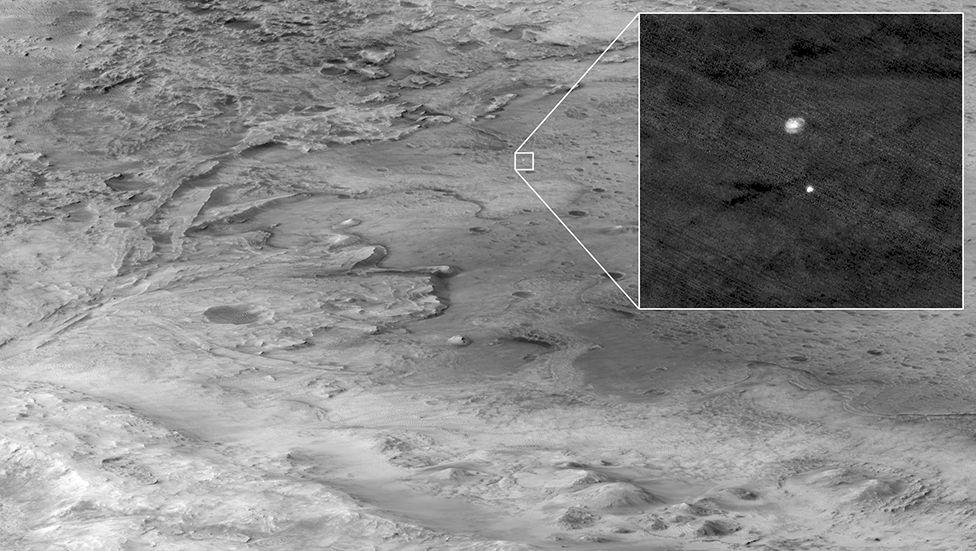
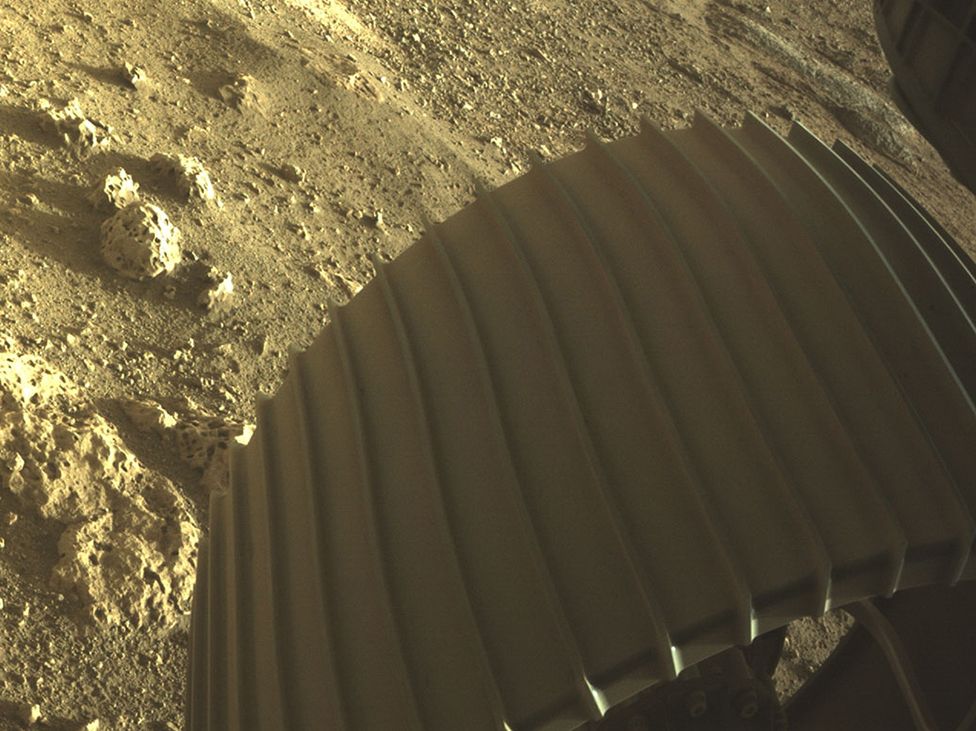
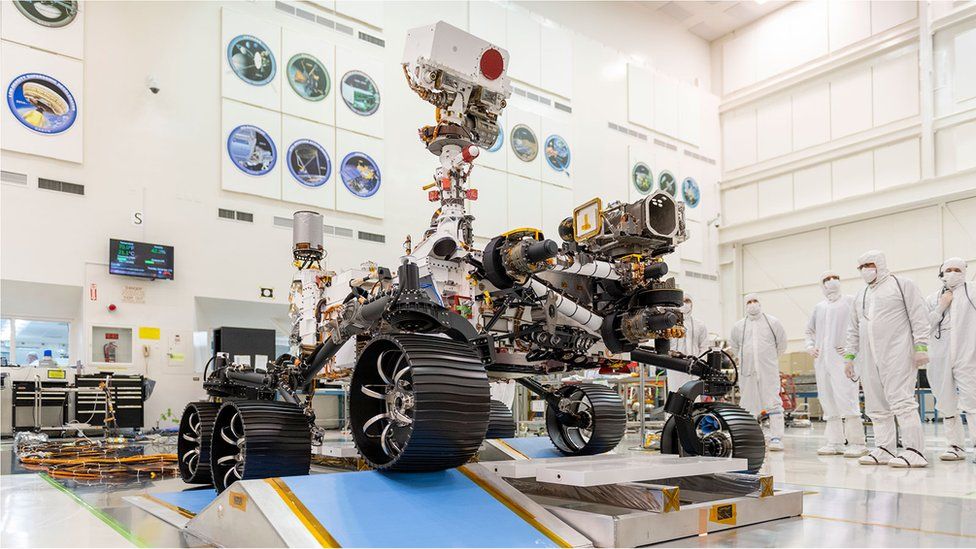
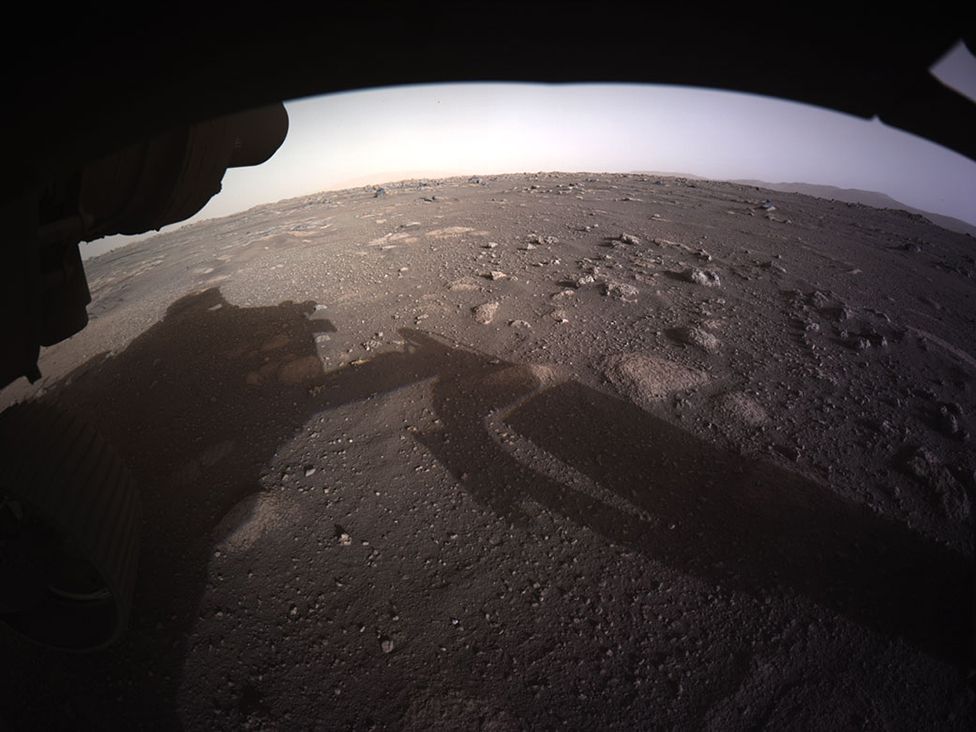
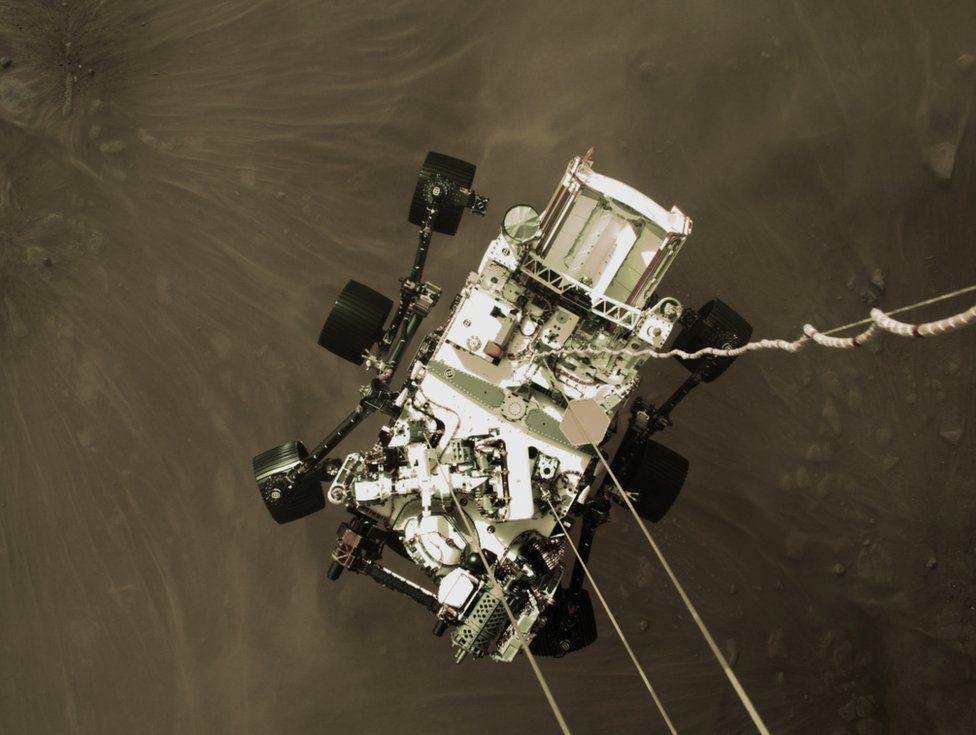
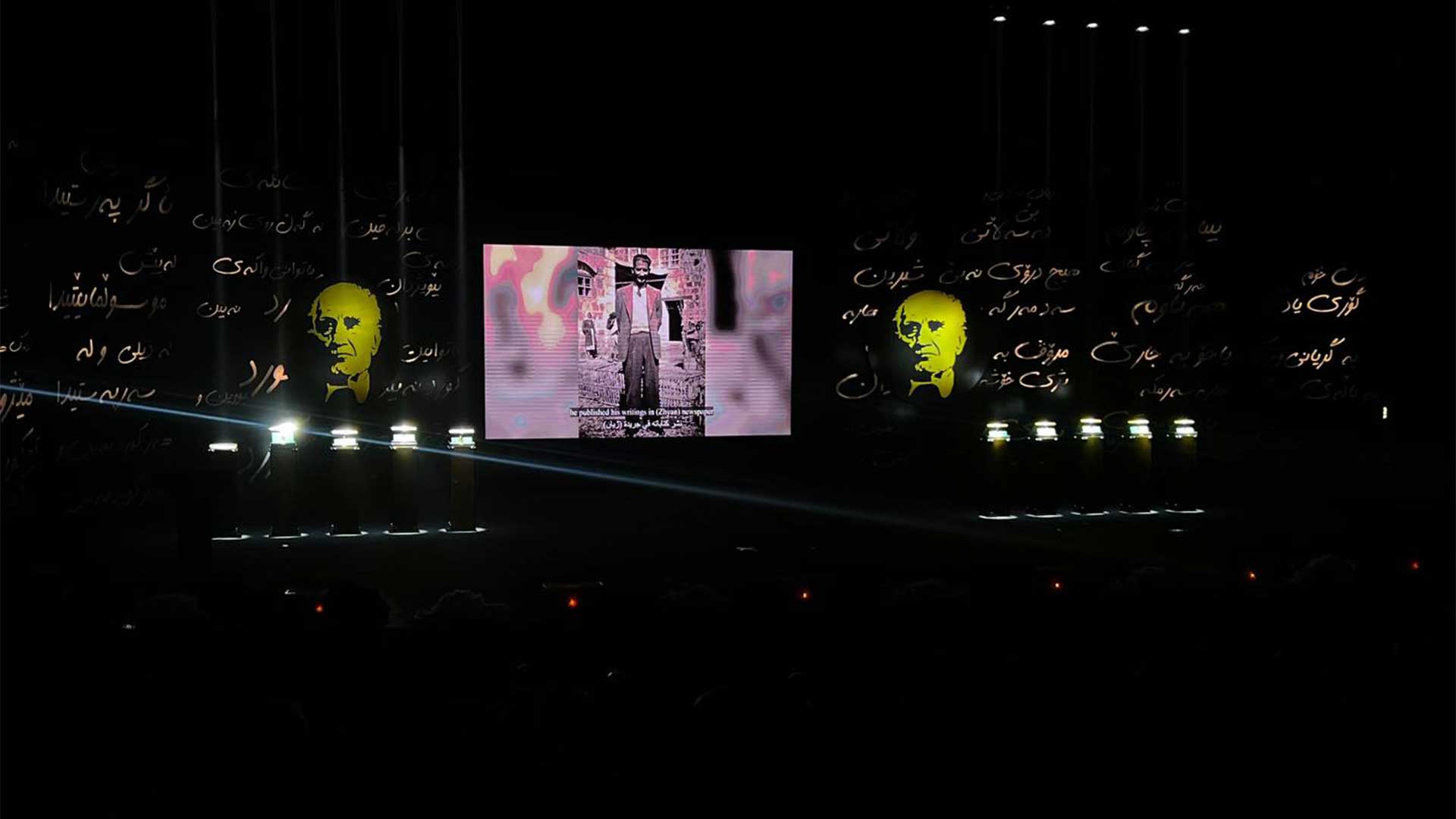

.jpg)


 Application
Application


